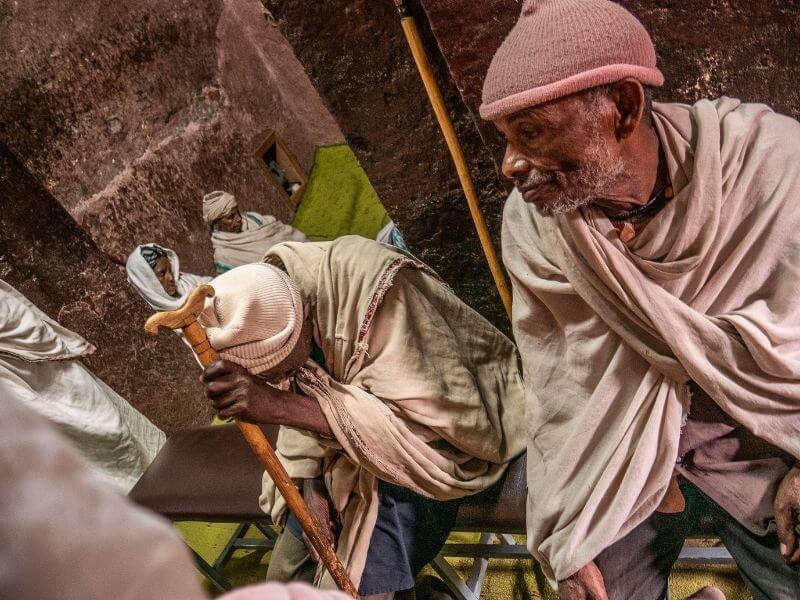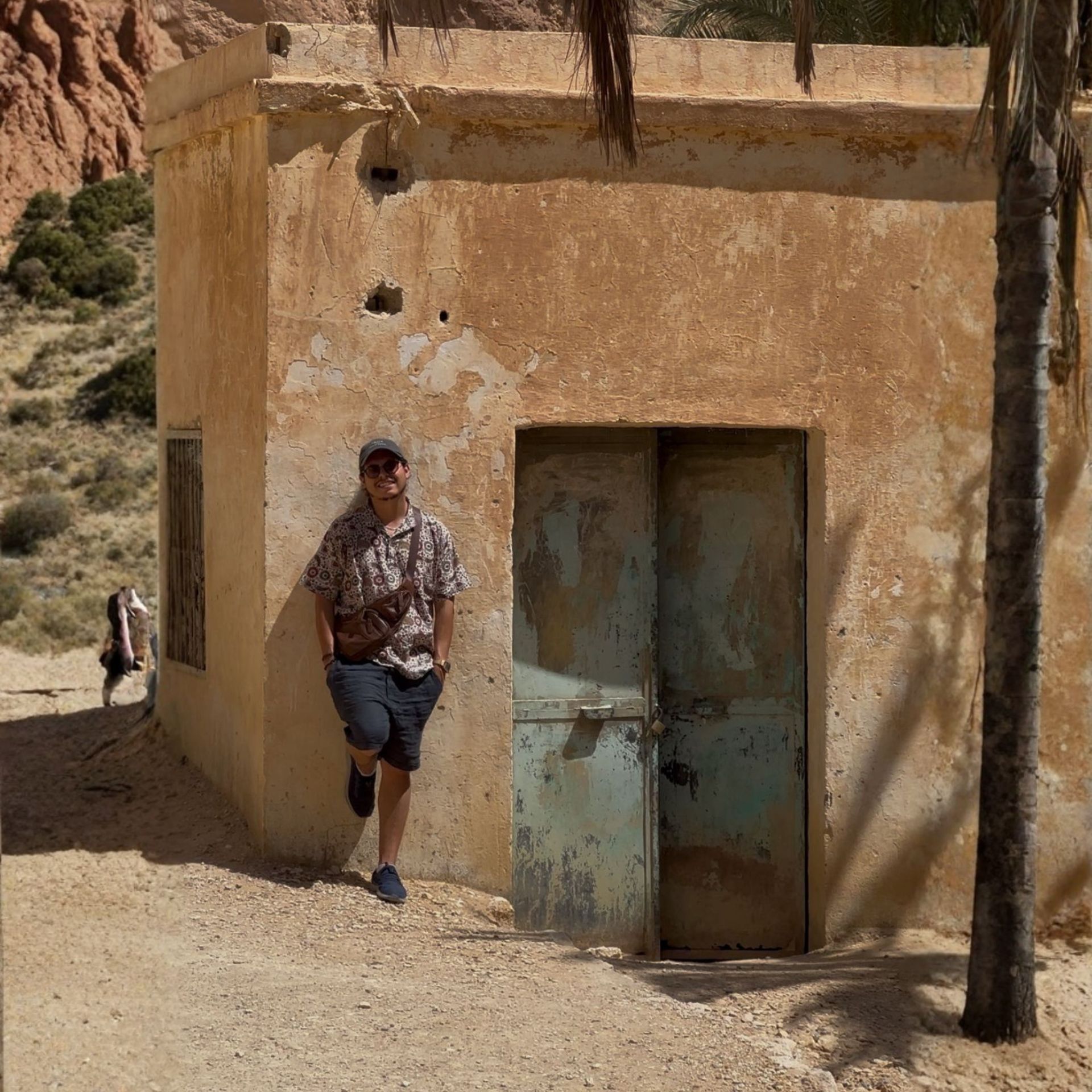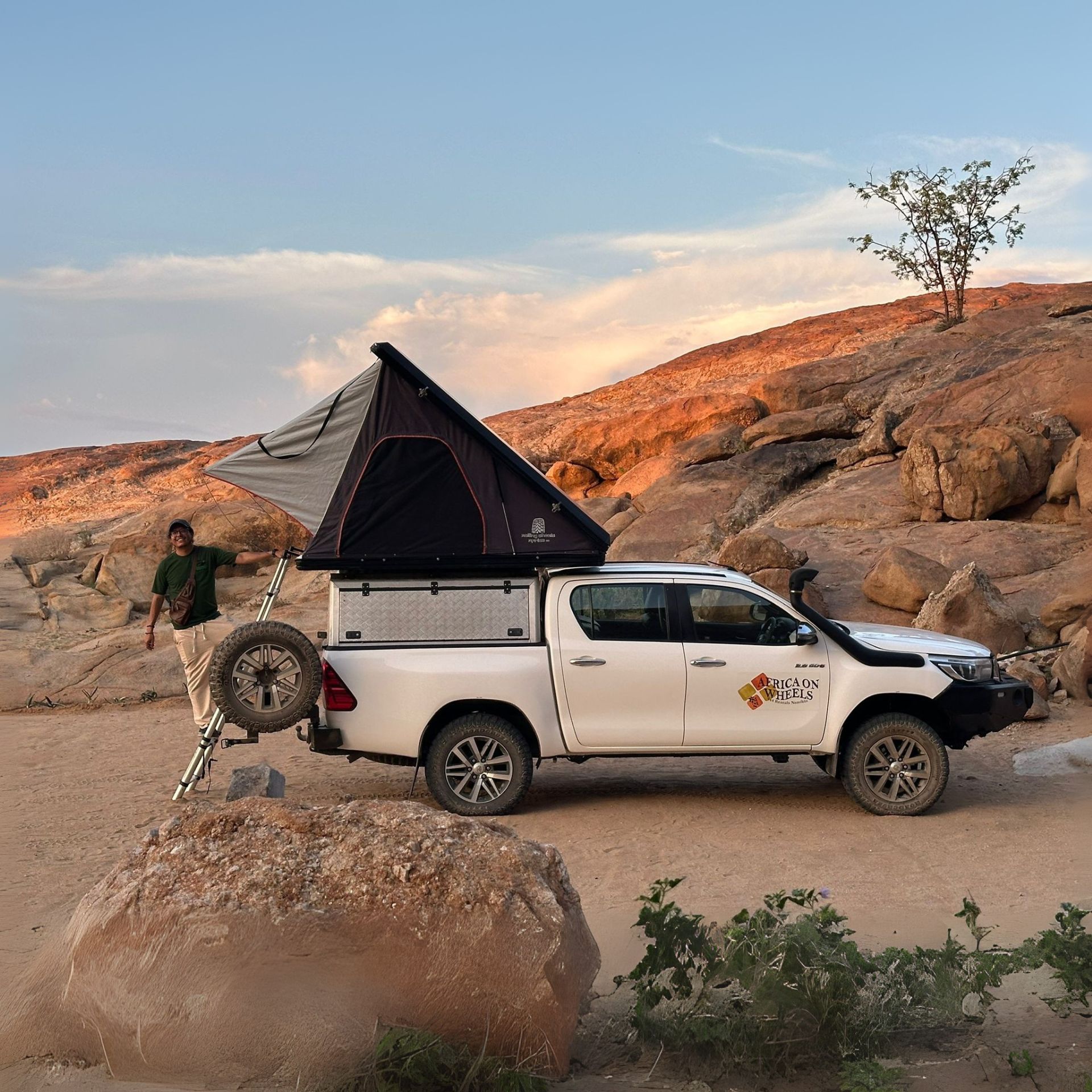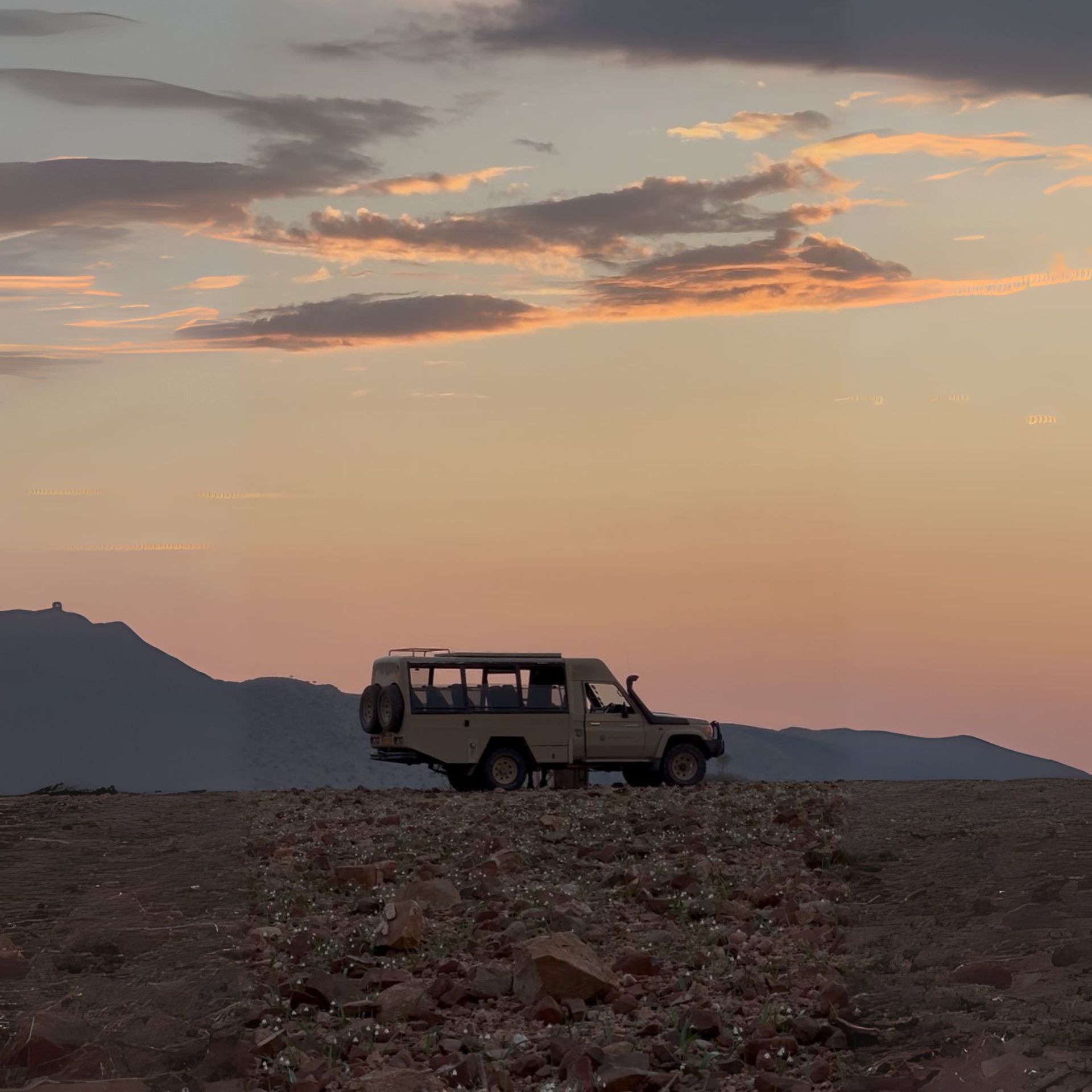From the rock-hewn churches in Lalibela to the chapels in the Tigray region, visiting a church in Ethiopia is a travel experience you should not skip.
Ethiopians relationship with God is visible everywhere you go while visiting Ethiopia. No matter if you are going for business in Addis or to an adventure expedition in Danakil, it is difficult to pass next to a church and not feel the curiosity of taking an inside look. From the beauty of the structure itself, to the atmosphere you get from the congregants around it, there is something calling you in.
I visited Ethiopia a couple of times in the past years and even though religious tourism has never been a big interest to me, there was something special in Ethiopia, that I’ve never felt before.
While many churches and cathedrals in Europe became lately more like tourists attractions, in Ethiopia people still use their churches for the very first reason churches were built: to feel closer to God.

Best Times to Visit the Rock Churches of Ethiopia
The best time to visit Lalibela and the rock churches is during the dry season, from October to April. These months offer the most pleasant weather for exploring the region, with cooler temperatures and clear skies, which are ideal for hiking and walking between the church sites.
January is a particularly special time to visit, as it coincides with the Ethiopian Orthodox Christmas (Genna) celebrations. Thousands of pilgrims flock to Lalibela, and the churches come alive with ceremonies, chanting, and unique spiritual experiences. However, this is also the busiest time, so expect larger crowds and higher prices for accommodations.
The rainy season, from June to September, brings heavy showers that can make traveling difficult. Many roads in rural Ethiopia become muddy and difficult to navigate. While it’s possible to visit during this time, expect fewer tourists but more logistical challenges. If you prefer fewer crowds and don’t mind a bit of rain, May and October can be quieter shoulder months to visit.
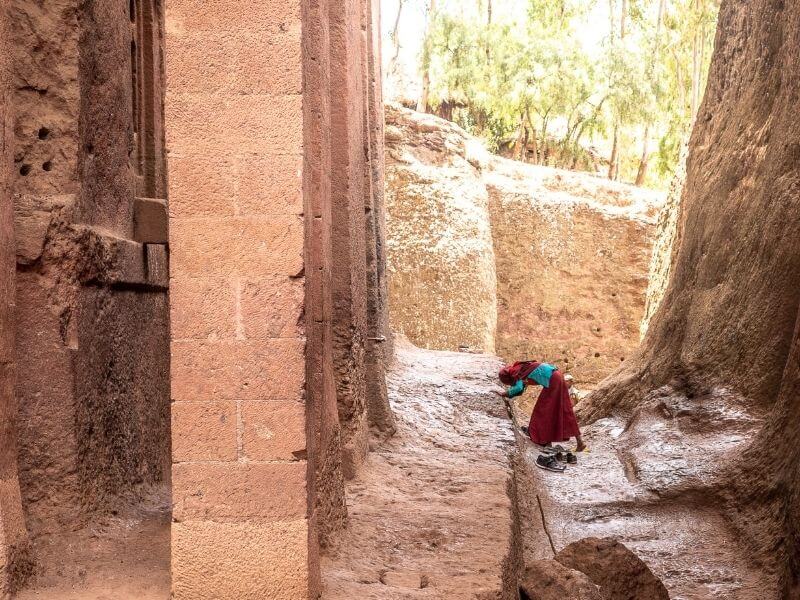
Ethiopia’s devotion to rock-hewn churches
From all types of churches and monasteries I came across while traveling around, there was nothing as fascinating and intriguing as Ethiopia’s rock-hewn churches. Made of a single block of stone, these structures were usually hewn into the ground or into the side of a hill.
There is not an exact number of how many rock-hewn churches are in Ethiopia. Most of them are located inside small caves and usually serve to congregate smaller groups of 5-10 people. These tend to not be lavish in any form, but simply provide a common room for the prayers and a small private area for the priest. They also have displays of religious art, which is very popular all over the country.
Abuna Yemata Guh is probably the world’s most impressive chapel built inside a cave. This monolithic church is located northeast of Ethiopia in the Hawyen woreda of the Tigray Region and is famously known for being situated facing a cliff of 300 meters. Also, in order to reach its entrance doors, pilgrims have to climb on foot all the way to the top and risk a certain death if they fall down.
Visiting Abuna Yemata Guh is a lifetime experience. There is not another church in the world, where risking death is involved in the journey and once you reach the top, you understand why people do it. The idea of climbing closer to God and the adrenaline of going up 300 meters without ropes leaves anyone speechless and curious to understand more how religion plays such a big role all over the world.
Read more: How to cross from Djibouti to Somaliland
Read more: What to do in Djibouti City
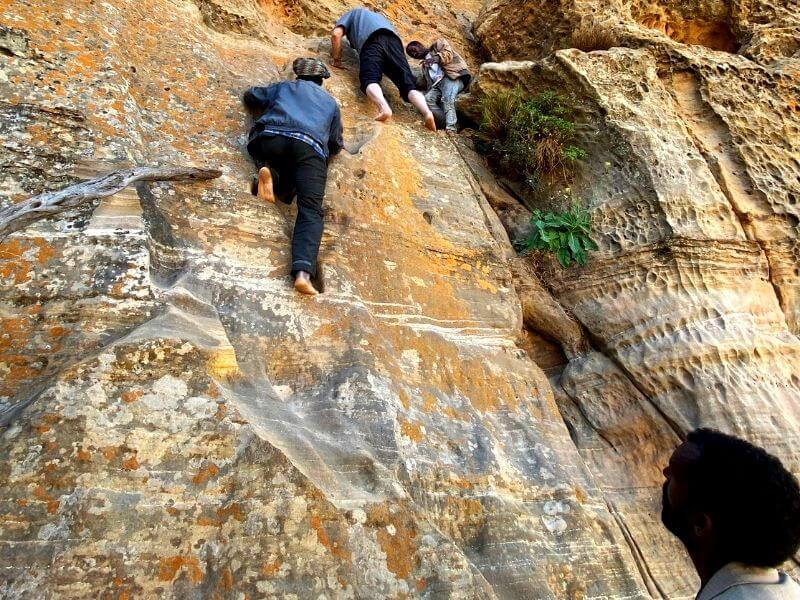
Exploring the rock-hewn churches of Lalibela
While Abuna Yemata Guh might be by far the most exciting church visit in the world, the rock-hewn churches of Lalibela are considered the most important churches in terms of archeology and culture.
These 11 monolithic churches are located in the town of Lalibela, north of Ethiopia, and to this day, they remained as one of the most important places of pilgrimage for the Ethiopian Orthodox Christian Church. They were built approximately in the late 12th and early 13th century and contrary to the cave chapels in Tigray, these were directly carved out of the stone of the area.
Read more: Exploring Lac Abbe und Lac Assal in Djibouti
Read more: Best things to do in Hargeisa
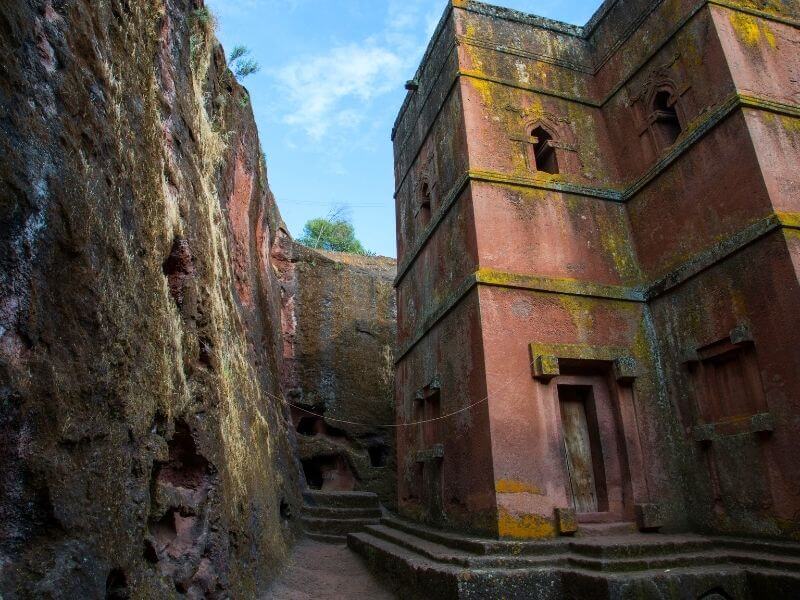
Doors, windows, columns and details in the façade were chiseled in such a detail, that is difficult to believe this was a single piece of rock at some point. Furthermore, the churches of Lalibela have a large system of drainage ditches and trenches, as well underground catacombs for religious events – a complete marvel in engineering.
Biete Ghiorgis (Church of St. George) is the most famous church in Lalibela. It is particularly known for its cross shape and incredibly amount of detail in the construction. It is becoming a very popular tourist destination and unfortunately, it might slowly take the same path as other beautiful churches in the world – such as Sacre Croix in France or the Vatican.
There is also big controversy surrounding the rock-hewn churches of Lalibela, as the UNESCO protecting shelters covering five of its churches are not only overshadowing the beauty of the places itself, but also posing a danger to the buildings underneath due to its weight.
I went to Ethiopia not expecting to feel involved so much in any religious experience. However, visiting a church in Ethiopia, rock-hewn or not, became to me a very particular way to understand Ethiopia a little bit better. I enjoyed visiting these temples and seeing the joy of the people while praying to God. Although I have been always skeptical about the existence of God, I could feel why people come here and pray.
Read more: Visiting the Danakil depression in Ethiopia
Read more: Everything you need to know before traveling to Somaliland
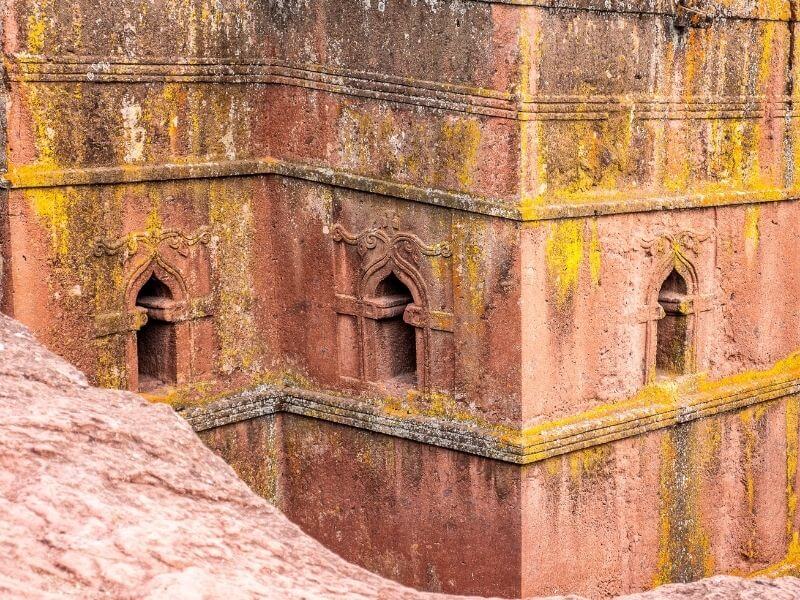
Safety in the Region
Traveling to the rock-hewn churches of Ethiopia, specifically in Lalibela, is generally safe for tourists, but it’s important to remain vigilant and stay informed about current conditions. The region of Lalibela has been historically peaceful, but occasional unrest or tensions in the northern parts of Ethiopia may affect travel. Checking for any recent government travel advisories is a wise first step before planning your visit.
Local guides, hotels, and tour operators are familiar with the area’s dynamics and often have up-to-date information about safety. Theft or petty crime is rare, but like anywhere, it’s recommended to keep your valuables secure. When visiting the churches, you’ll mostly be in tourist-friendly areas where the locals are welcoming, and tourism is a key part of the economy.
Stick to well-established tours or registered guides, especially if you plan to explore remote areas. Having a guide not only enhances the experience but also ensures you’re traveling safely. Public transportation can be challenging for non-locals, so most travelers use private tours or car hires to ensure a comfortable and secure experience.
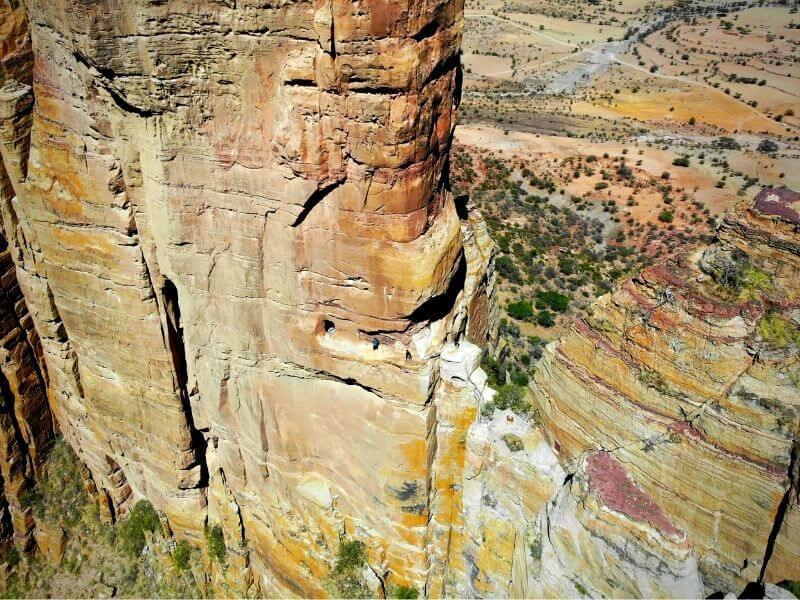
How to Book a Tour to Ethiopia
Booking a tour to Ethiopia, particularly to visit the rock-hewn churches, can be done through a variety of channels, depending on your preferences and budget. For those looking for a hassle-free experience, it’s best to go through a reputable tour operator that specializes in Ethiopian or East African travel. These companies will often provide package deals that include transport, accommodations, meals, and guided visits to Lalibela and other important historical sites.
Here are a few tips on booking a tour:
- Online Tour Operators: Platforms like Viator, GetYourGuide, or G Adventures offer a range of tours that include cultural and historical exploration, focusing on Ethiopia’s unique sites like Lalibela. These platforms let you browse reviews, compare prices, and book directly online.
- Local Tour Companies: For a more tailored experience, booking with an Ethiopian-based tour operator can be beneficial. Companies like Ethio Travel and Tours (ETT) or Simien Tours offer a variety of tour options, including cultural tours focused on Lalibela, Addis Ababa, and the surrounding regions. These operators often have deep local knowledge and can offer more flexibility.
- Customizable Private Tours: If you prefer a more personalized experience, many companies offer private or small-group tours that allow you to customize the itinerary based on your interests. This can be arranged through both international and local tour companies.
- Booking on Arrival: If you’re a more spontaneous traveler, it’s possible to arrange a tour upon arrival in Addis Ababa or Lalibela. There are local tour operators, as well as guides, who can help you organize day trips or multi-day tours. However, booking in advance during peak travel seasons, especially around religious festivals, is highly recommended to avoid inflated prices and limited availability.
Read more: Abuna Yemata Guh, Ethiopia’s Church In The Sky
